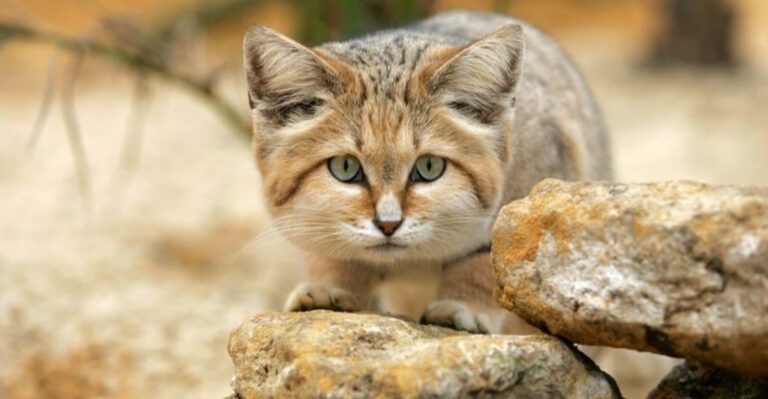Paleontologists Recover A ‘One-In-A-Billion’ Sea Monster Skull
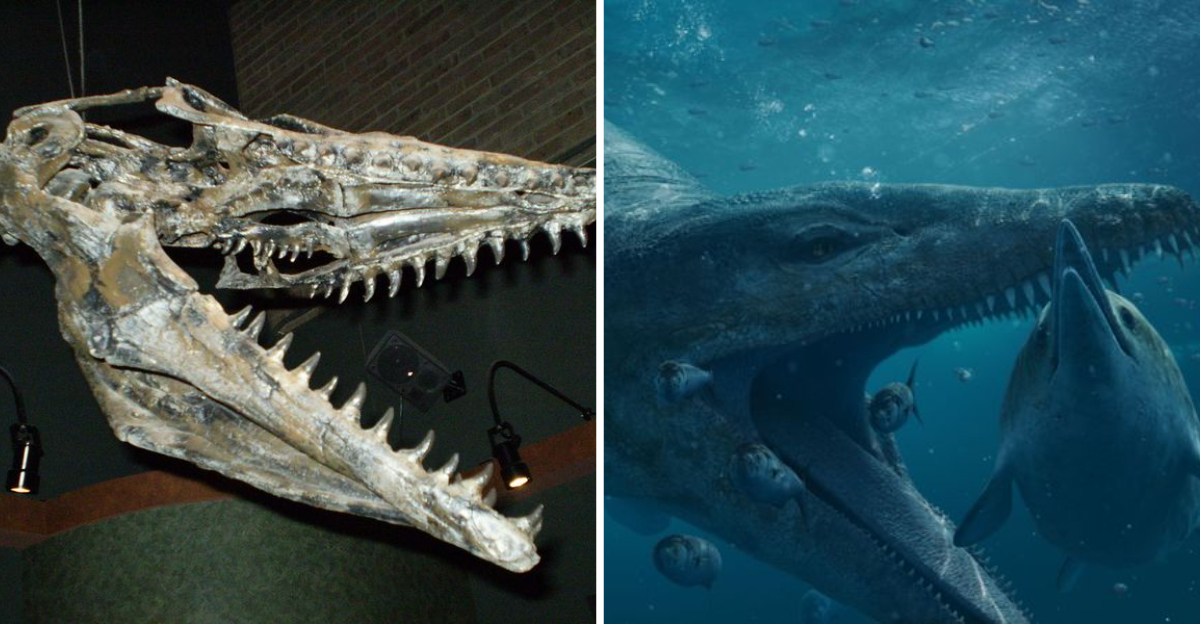
In a groundbreaking discovery, paleontologists have unearthed the massive skull of a pliosaur in Dorset, southwest England.
This incredible find, described as ‘one-in-a-billion,’ offers fresh insights into the life and environment of these ancient sea monsters.
Here, we explore the key insights revealed by this monumental discovery, shedding light on its significance and the tantalizing mysteries it unveils.
1. Massive Skull Discovery
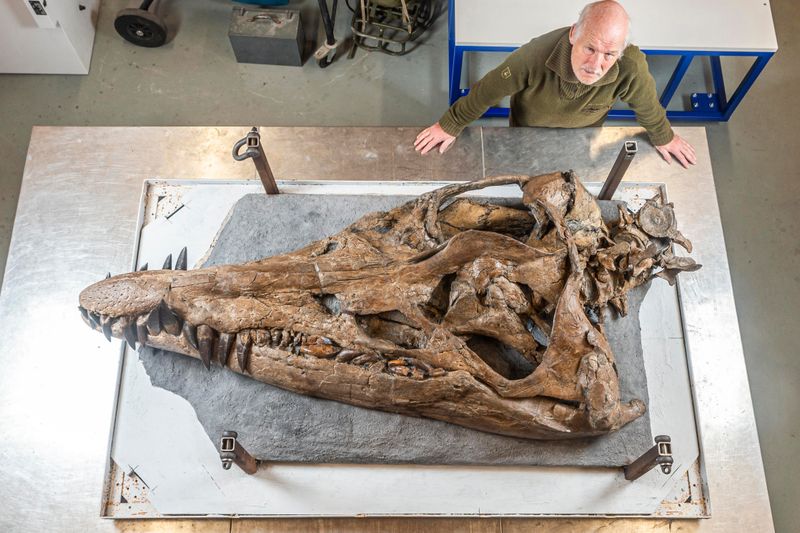
The recent unveiling of a pliosaur skull amidst the scenic landscapes of Dorset has captivated the scientific community.
Unlike anything seen before, this skull is part of a marine reptile that once dominated the prehistoric oceans. Measuring over seven feet, the skull’s sheer size is a testament to the grandeur of these ancient predators.
Carefully excavated, the skull offers a glimpse into an era when sea monsters reigned supreme. The meticulous work of paleontologists at the site underscores the delicate nature of such discoveries.
Uncovering this skull is a milestone, illuminating the mysteries of ancient marine life.
2. Pliosaur: The Marine Predator
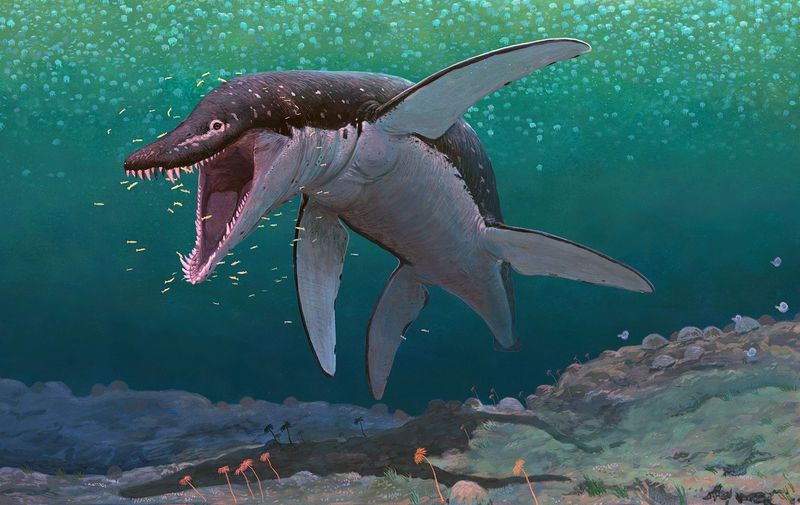
Pliosaurs were formidable marine reptiles, ruling the seas with unmatched prowess. Known for their elongated bodies and powerful jaws, they were apex predators in their time.
This new discovery highlights the pliosaur’s role in the prehistoric food chain, offering valuable insights into its hunting strategies.
Their anatomy, particularly the robust skull and sharp teeth, suggests they could tackle large prey with ease.
Scientists are eager to study this find further, hoping to understand the ecological dynamics of their ancient habitats. Each piece of the skull helps reconstruct these magnificent creatures’ lives and behaviors.
3. Tantalizing Details Of The Skull
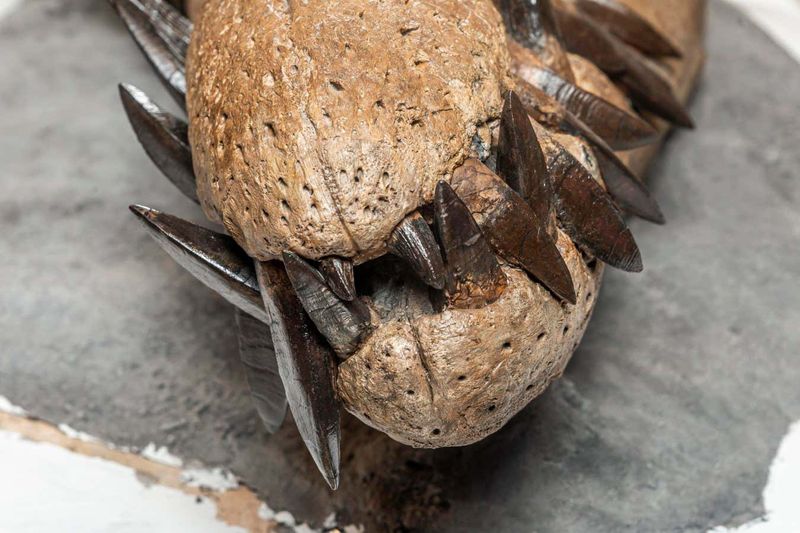
The skull’s intricate details reveal fascinating aspects of pliosaur biology.
With bone structures that hint at powerful muscle attachments, these creatures were built for strength. The teeth, sharp and plentiful, suggest a diet of large marine animals.
Studying these features allows scientists to piece together how pliosaurs lived and hunted. The preservation of the skull is remarkable, providing an unprecedented look at these ancient marvels.
Researchers are particularly interested in the jaw mechanics, which were crucial for their survival. This skull is a treasure trove of information waiting to be fully deciphered.
4. Dorset: A Fossil Hotspot

Dorset’s Jurassic Coast is renowned for its rich fossil history, attracting enthusiasts and professionals alike. This latest discovery further cements its reputation as a paleontological treasure trove.
The region’s unique geology preserves a vast array of prehistoric life, offering a window into Earth’s distant past.
The pliosaur skull adds to the impressive list of finds from this area, each telling its own story of the ancient world.
The dedication of local fossil hunters plays a crucial role in unearthing these secrets. Dorset continues to be a vital location for understanding prehistoric marine environments.
5. Challenges Of Excavation
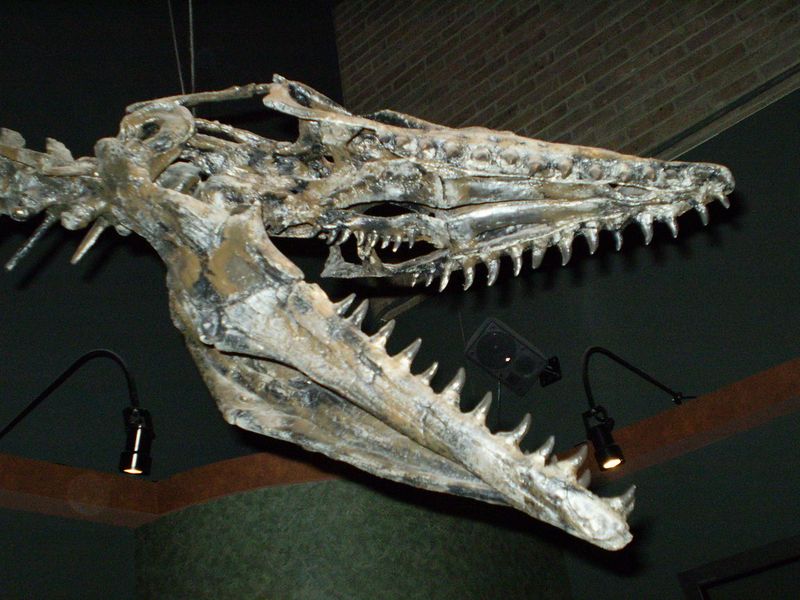
Excavating such a monumental find is no small feat. The process requires meticulous planning, teamwork, and precision.
Paleontologists faced challenges due to the skull’s large size and delicate nature. Weather conditions and fragile rock formations added to the complexity. However, the team’s expertise ensured the skull was preserved intact.
This discovery showcases the dedication and skill required in paleontology. Each step, from initial detection to careful extraction, highlights the collaborative effort needed to bring such treasures to light.
These challenges underscore the importance of preserving our fossil heritage for future study.
6. The Significance Of Size
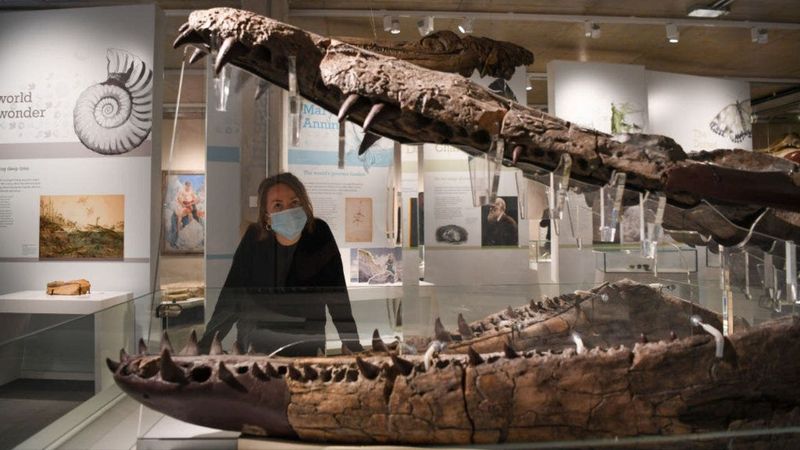
The sheer size of the pliosaur skull is awe-inspiring, offering a tangible connection to the past. This colossal sea monster exemplifies the extreme diversity and gigantism seen in prehistoric marine life.
Such discoveries help scientists understand the evolutionary pressures that led to these giants. The size indicates a top predator capable of dominating its environment.
Understanding the reasons behind such growth can provide insights into the ecological conditions of the time.
This skull serves as a reminder of nature’s capacity for producing truly magnificent creatures, and the ongoing quest to understand life’s history on Earth.
7. Insights Into Ancient Oceans
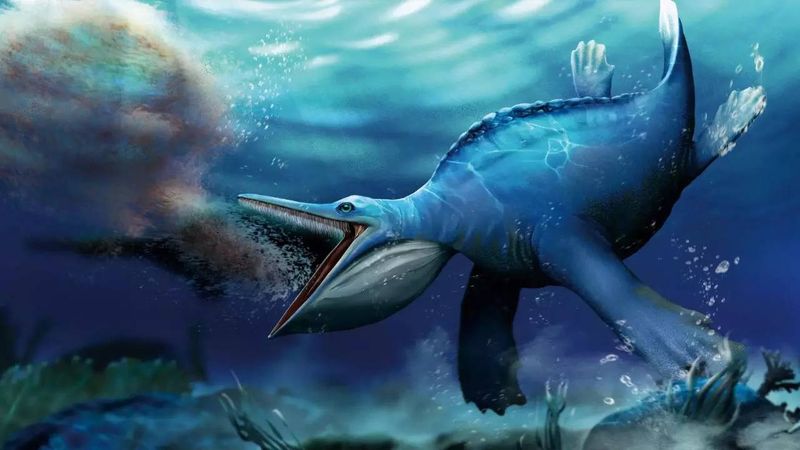
The pliosaur skull opens a window into the ancient oceans, revealing a world vastly different from today.
These seas teemed with life, from large predators to diverse marine ecosystems. The discovery allows scientists to reconstruct the food chains and ecological networks of the time.
Understanding these ancient oceans helps explain how marine life evolved and adapted over millions of years.
The skull provides clues about the climate and environment, crucial for piecing together Earth’s history. Each find enriches our understanding of these forgotten worlds, shedding light on the complex tapestry of life that once existed.
8. Preservation And Restoration
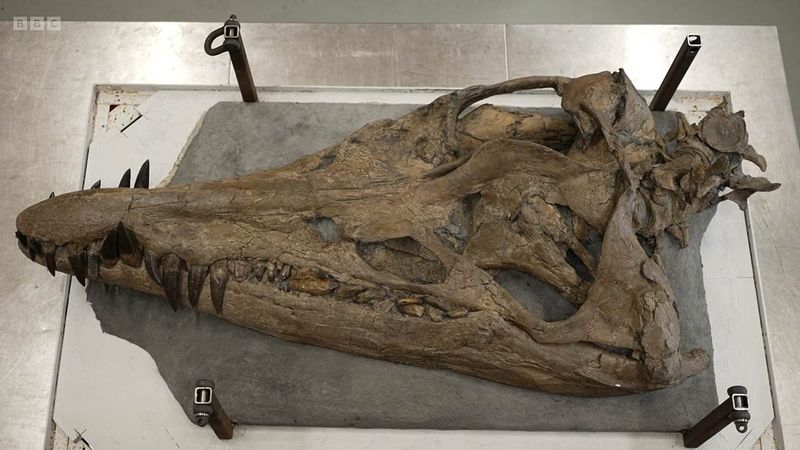
After excavation, the skull undergoes a meticulous preservation process. This step is crucial to prevent further degradation and to prepare it for detailed study.
In the lab, experts carefully cleaned and restored the skull, revealing its hidden details. Each phase of restoration brings new insights, shedding light on the pliosaur’s life.
This work ensures that the skull can be displayed and studied for generations. Preservation is a delicate art, balancing the need to maintain integrity with the desire to uncover secrets.
The process is a testament to the dedication of paleontologists and their quest to understand the past.
9. Educational Impact
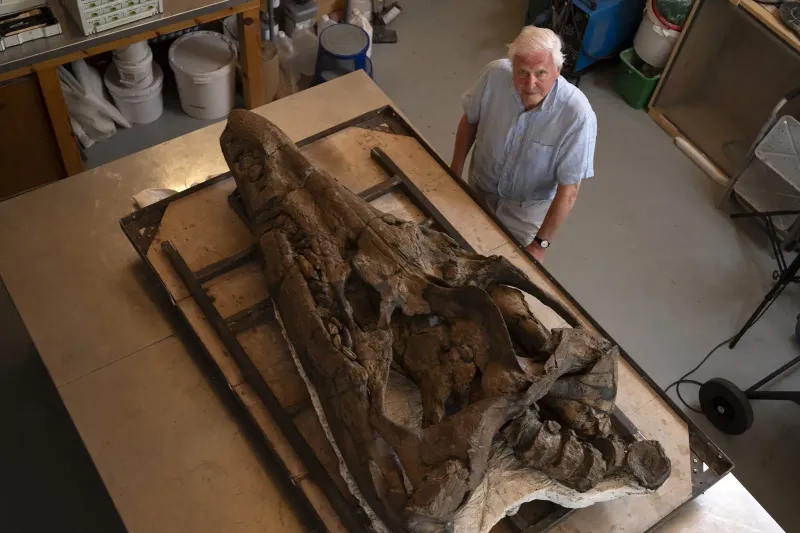
The pliosaur skull will eventually find a home in a museum, serving as an educational tool for all ages. Its presence allows visitors to connect with the prehistoric world, inspiring curiosity and learning.
Museums play a vital role in making such discoveries accessible, offering a tangible link to history. This skull will captivate audiences, young and old, sparking interest in paleontology and natural history.
Its story of discovery and excavation adds depth to the exhibits, bringing the past to life. The educational impact extends beyond the museum walls, encouraging exploration and understanding of the natural world.
10. Future Research Opportunities
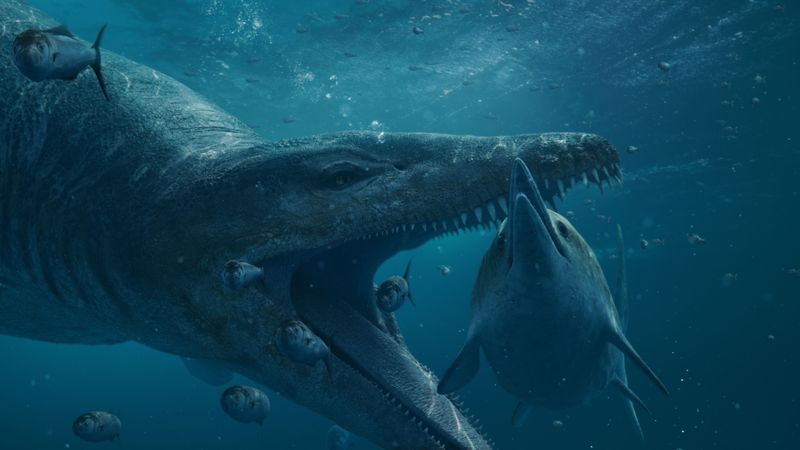
The discovery of the pliosaur skull opens new avenues for research. Scientists are eager to explore its implications for marine reptile evolution and ecology.
Each feature of the skull offers clues to the life and times of these ancient creatures. Future studies will focus on understanding the genetic lineage and adaptability of pliosaurs.
This find also provides a framework for comparing other marine reptile fossils. Collaboration among researchers worldwide will enhance our knowledge of prehistoric life.
The skull not only enriches current understanding but also poses new questions, driving the quest for knowledge further than ever before.






